I'm building a filter from a kit with some given (microscopic pre-soldered SMT) capacitors and 2 toroids. It looks like the notch frequency is a bit too low with 10 wire turns around a T37-2 iron powder toroid and a bit too high with 9 turns. The windings have all been wound tightly and evenly spaced.
Is there some variation in toroid winding method that could get the inductance closer to halfway between 9 and 10 turns?
Possible alterations are winding the toroid with uneven turn spacing (turns scrunched to one side or the other, or to the top away from the PCB or to the bottom closer to the PCB. Winding with fatter wire or thinner wire. Winding with a twisted wire pair soldered together at the ends. Winding all the turns looser (by using a spacer during winding). Winding some of the turns loose and some turns tight (all on one side or alternating?).
Which of those strategies might I try to tune my filter? (without throwing away the parts and PCB and starting over with a different design...)
